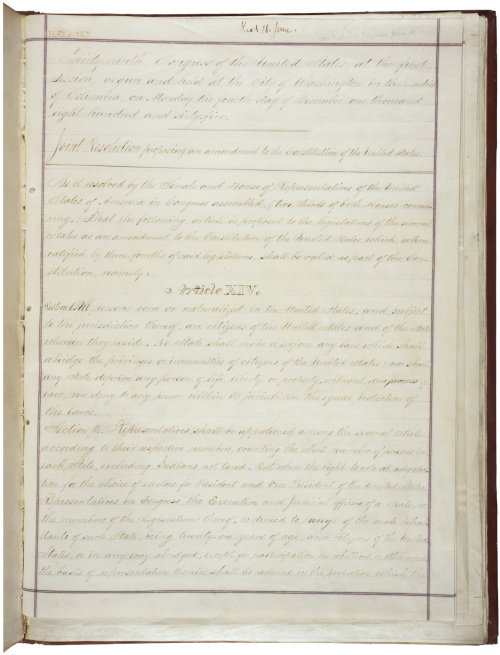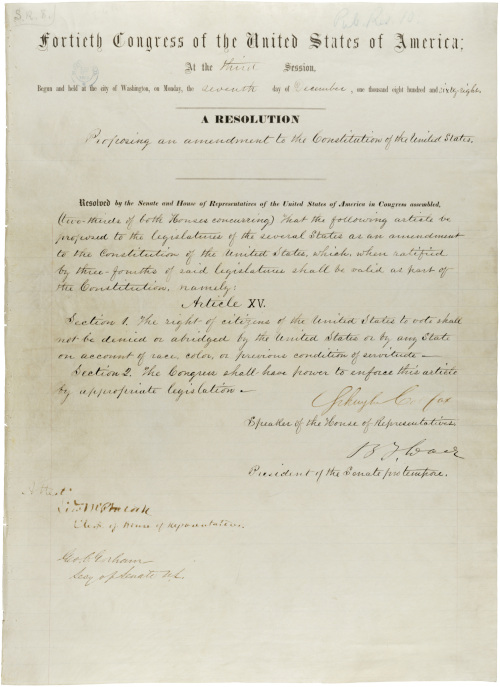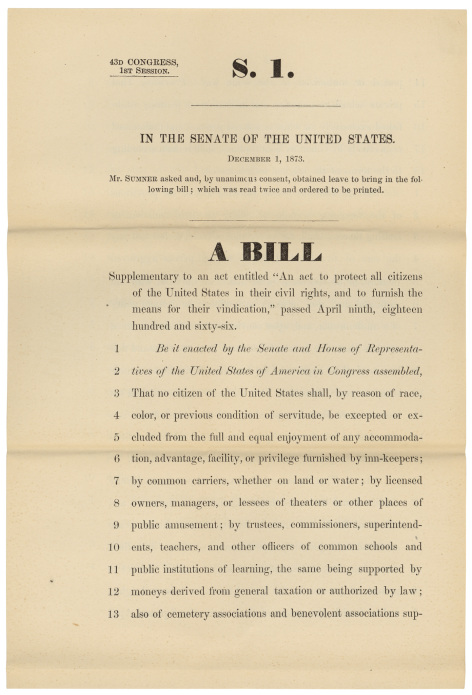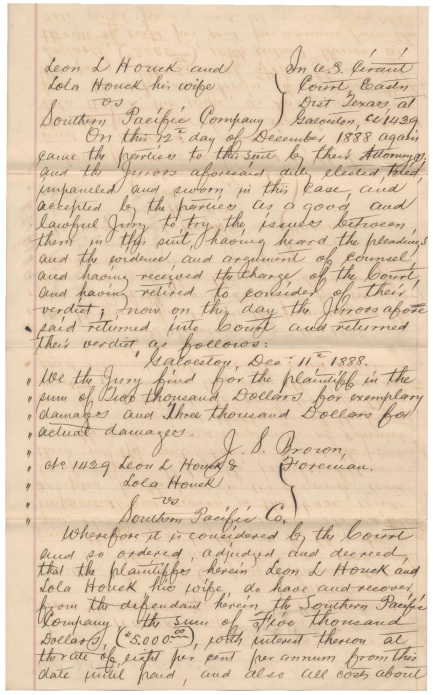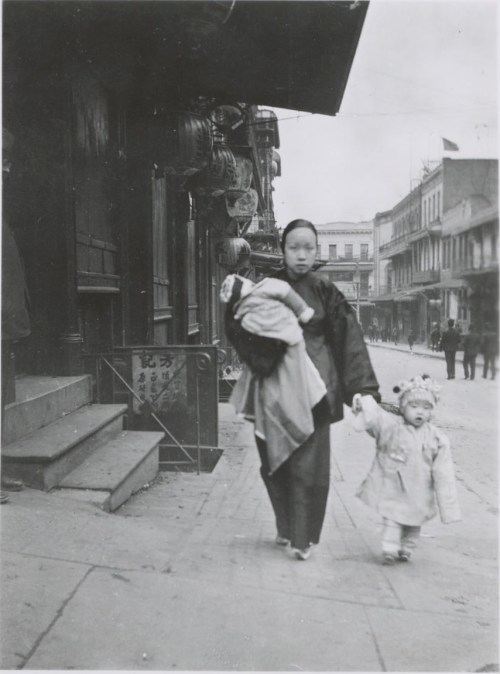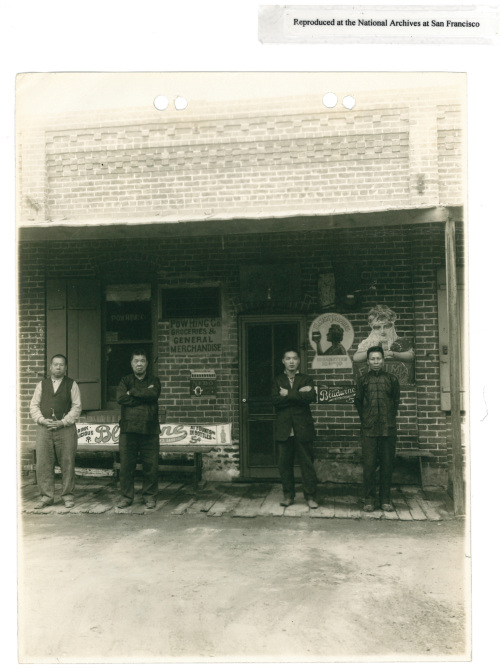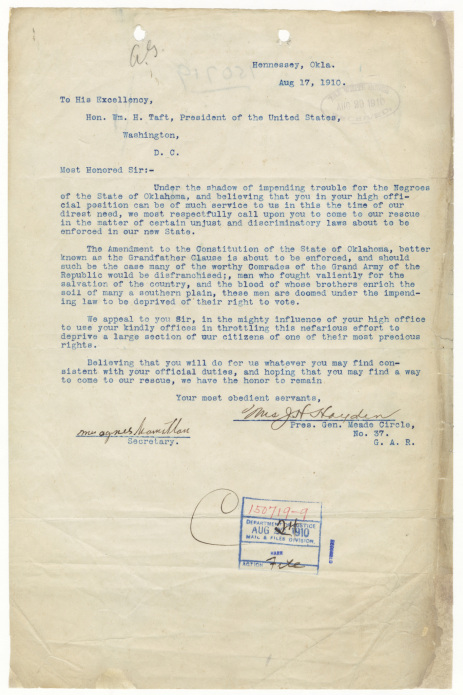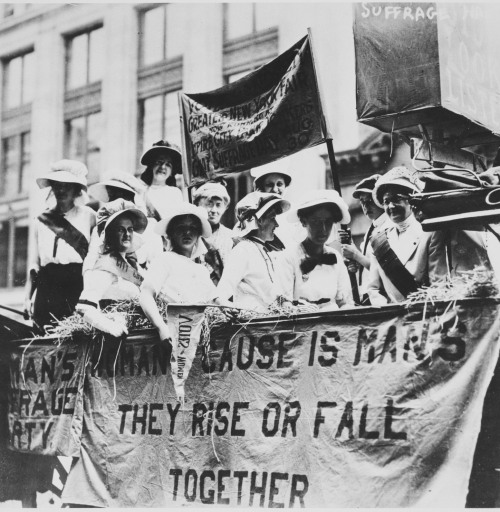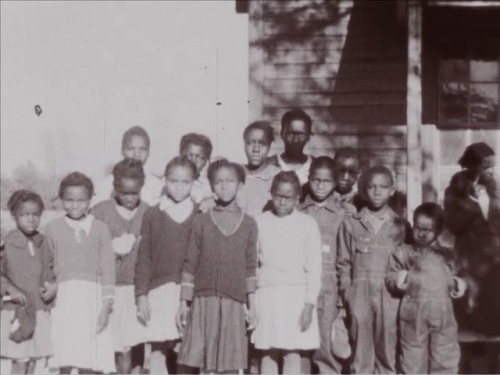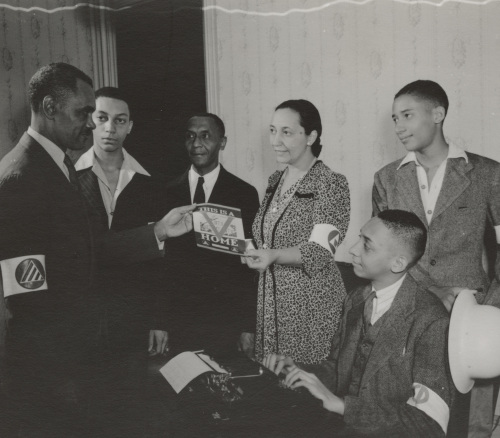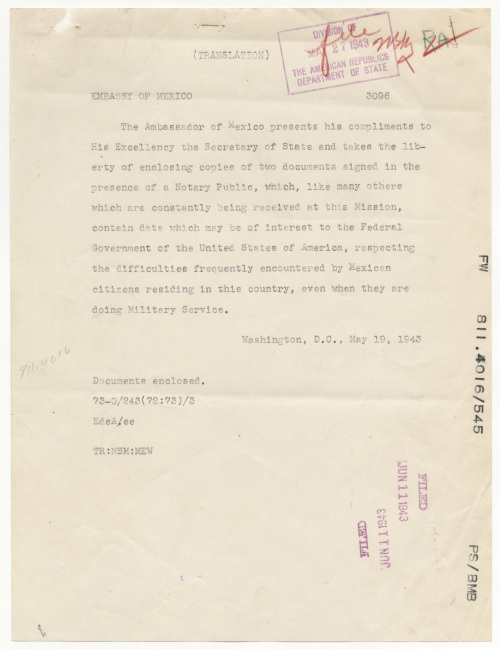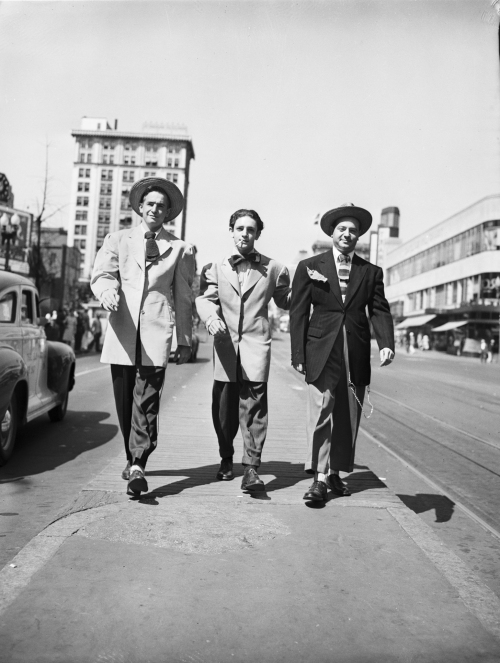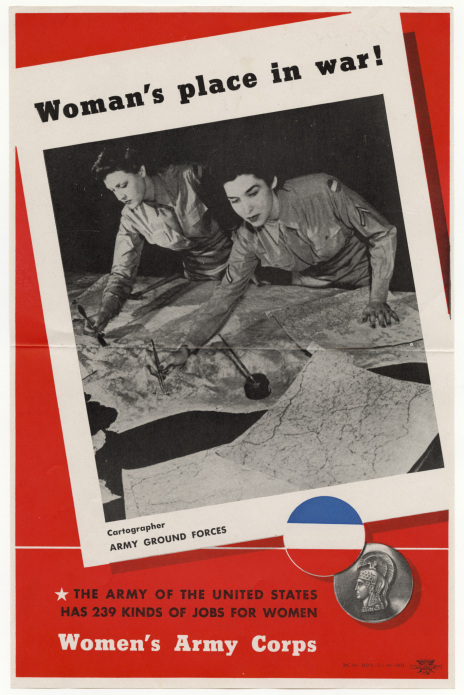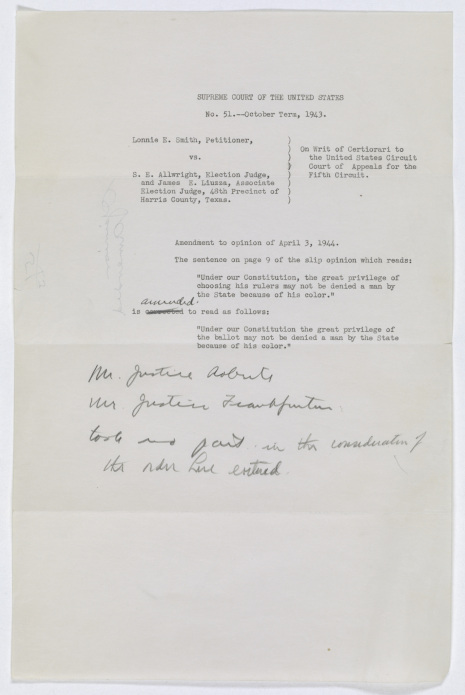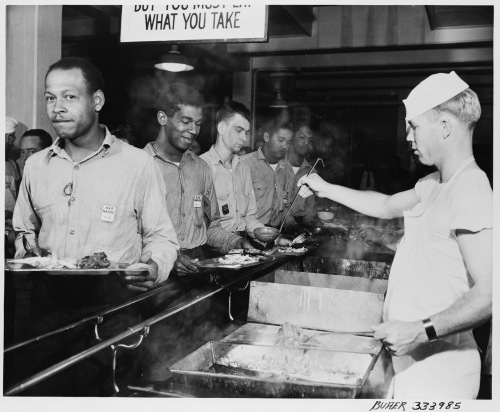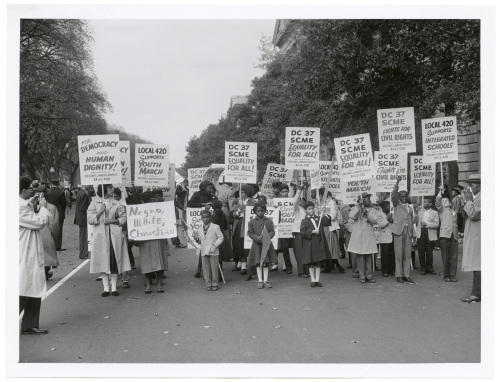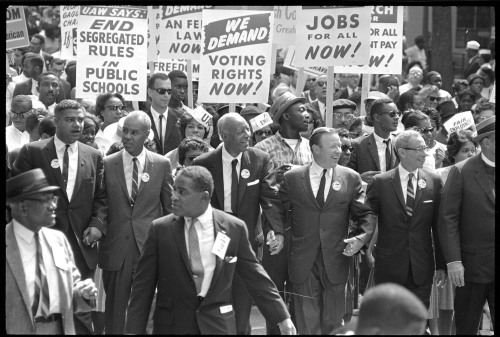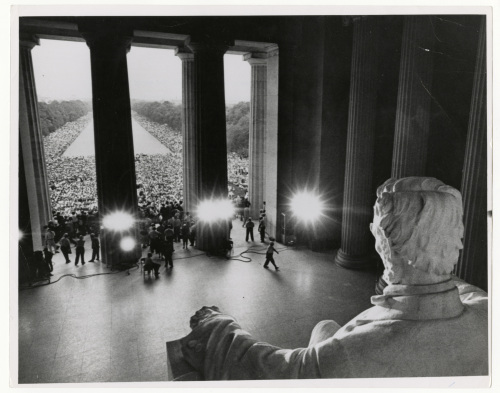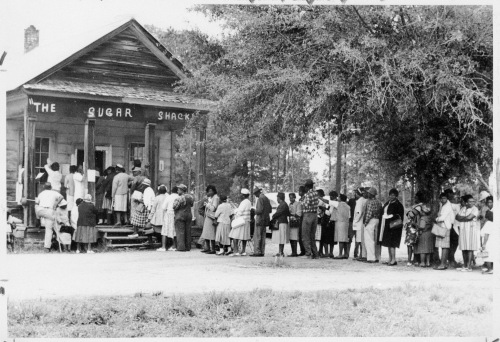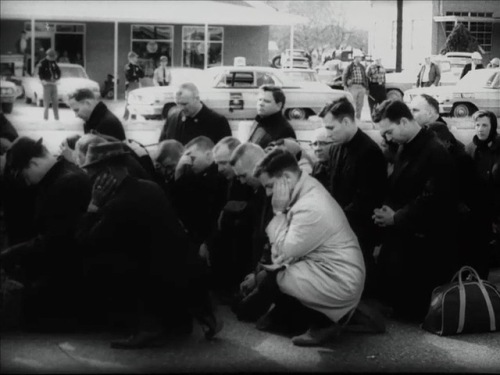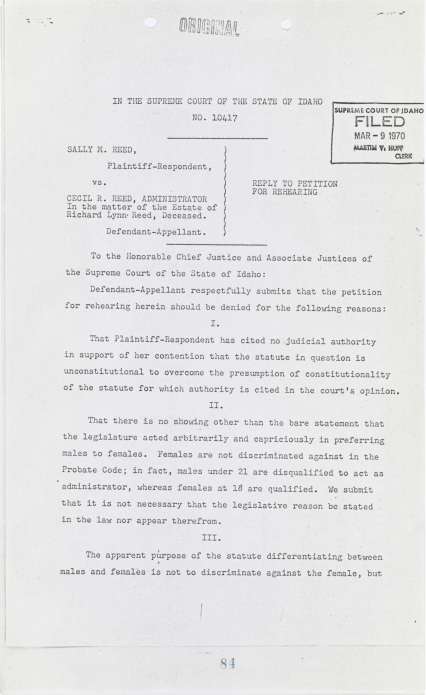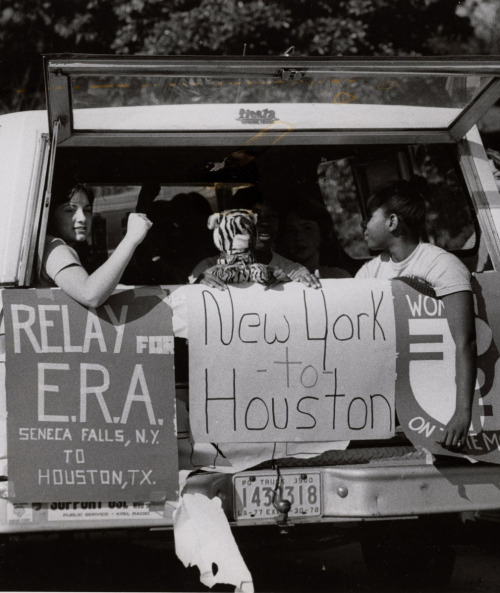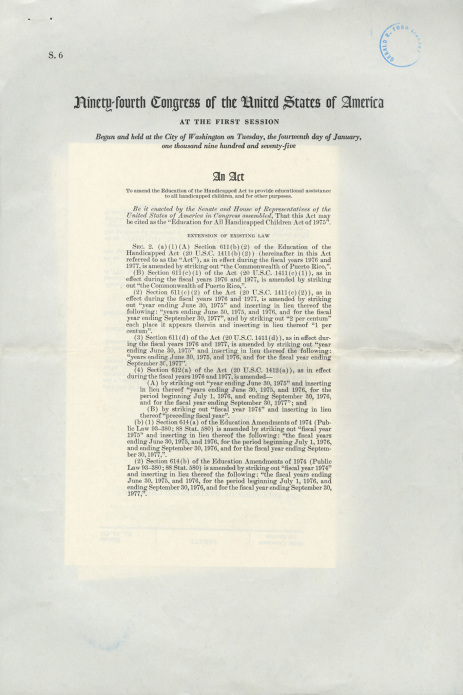Equal Rights
Equal Rights
After the 15th Amendment banned voter discrimination, Southern states still barred most African Americans from the polls. Women campaigned until 1920 for their right to participate in elections—they continue to fight for equal pay. Various groups have battled against ethnic and religious discrimination in the military, schools, and public accommodations.
THIS SECTION INCLUDES STORIES ABOUT:
- “Jim Crow” laws (laws mandating racial segregation)
- Violence against Asian immigrants
- Discriminatory voting laws
- School desegregation
Chapter one
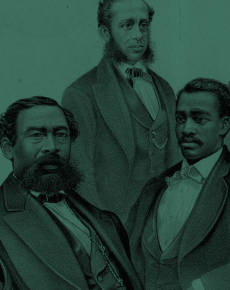
For a short period after the Civil War, African Americans experienced true political power. Many exercised their newly won right to vote, electing the first black state, local, and Federal officials. But within 10 years, Southern white supremacists ended Reconstruction-era reforms through a combination of terrorism, intimidation, and state and local legislation.
Lincoln’s Successor 1865–1869
Chapter two
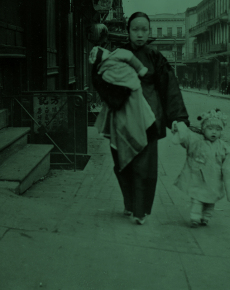
During the rapid industrialization of the United States, rising wages combined with the falling costs of mass-produced goods created wealth for many Americans. Millions emigrated from Europe and Asia to work on railroads and farms and in mines and factories. But tensions among laborers during times of economic crisis resulted in violence and discrimination against immigrants and African Americans.
Social Darwinism 1880–1889
Chapter three
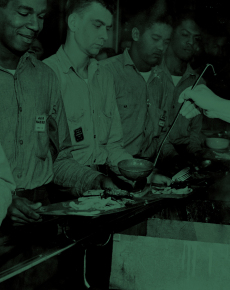
The New Deal programs were administered in ways that generally prevented African Americans and some immigrant groups from benefiting from them. As the country mobilized for World War II, issues of race received widespread public attention. Some whites and blacks saw hypocrisy in calling Americans to fight against Hitler’s doctrine of white supremacy while racism went unchecked at home.
World War II 1939–1945
Chapter four
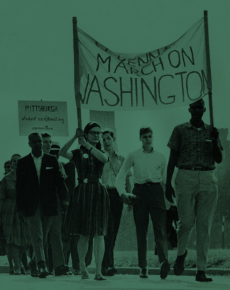
In the 1950s and ’60s, a growing number of Americans agitated for the rights that Reconstruction had failed to deliver. Through a series of often nonviolent protests, African Americans, Latinos, women, and other groups were able to realize some of the promises made by the 14th and 15th Amendments. Many of these hard-won victories had to be backed up by Federal military intervention.
Television 1955–1968
The Sexual Revolution 1960–1980
Chapter five
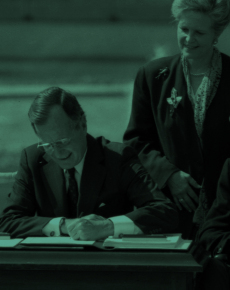
In the late 20th century, Americans continued to fight against discrimination in the workplace, schools, and other sectors of public life. Some groups seeking equality had a long history of struggle, while others had recently begun to demand their rights. As always, changing attitudes and societal values affected the outcome of the quest to realize the ideals of “liberty and justice for all.”
What about contemporary Issues?
Most of the records in "Records of Rights" were created before 1980 because the National Archives generally receives permanent records when they are 30 years old or older. Prior to that, they are maintained by the federal agency that created them.


